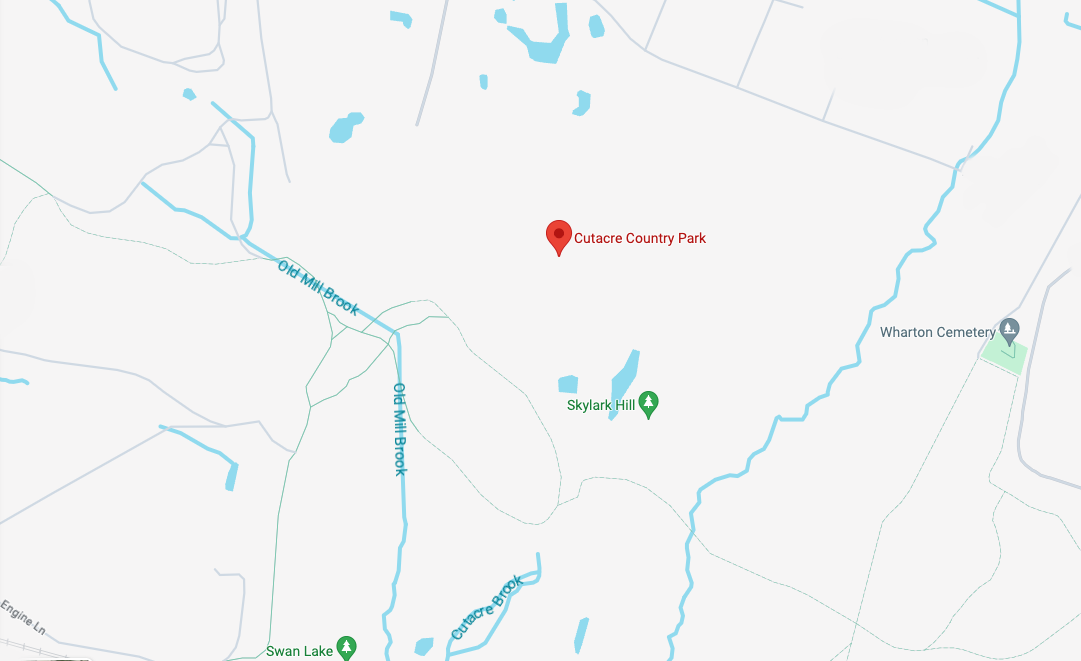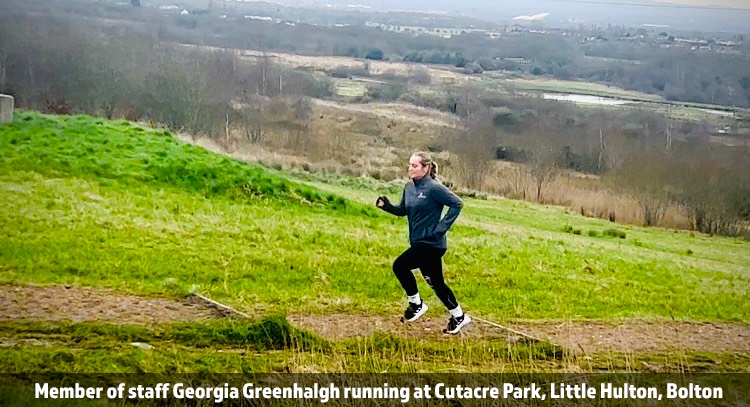Introduction
If you have been thinking about the possibility of starting to run for fitness or you are you already running but want some advice as you can’t seem to progress further?

In this blog we offer lots of help for you to get started/improve your performance. We have tips and help to plan your training. Running plans, supplementary gym exercises and also treatments that may help any injuries. We also explain the importance of ‘recovery’ – what it is and how to do it.
Running as a sport/activity is much like any other sport in that staying consistent and having an achievable goal to aim for is key.
Tip 1 – Goal Setting
Having a goal in mind is a good idea, especially for new runners. It gives you purpose and something to aim for. Below are some examples of goals to set yourself, that are called S.M.A.R.T (Specific, Measurable, Achievable, Realistic, Time-bound).
SMART goal 1 (5km) Complete 3 running sessions per week for the next 2 months including a long steady-state run, a speed session and an interval session. For a long run (5km) aim to do this at the end of 8 weeks.
SMART goal 2 (10km) Aim to run 12 miles per week. Complete 2 gym sessions of strength training per week. Eat healthier by cutting out unhealthy habits and track food into myfitnesspal.com
SMART goal 3 (Half-Marathon) Book yourself a half marathon for 6-8 months time to complete under 3 hours runthrough.co.uk. Be consistent with training for it. There are lots of training programs online.
Tip 2 – Planning
Planning your training is a simple and a great strategy to help you stay on track. It gives you something to follow each week. When planning your training it’s a good idea to add variety. Below are some ideas on how and why you should do this:
Calculate the distance do you want to run over the week: This really helps when planning your daily sessions. knowing the total distance you want to cover for that week ensures you do not over exert, yet get achievable results.
Changing up your sessions: By doing different distances and routes on each run, it helps prevent boredom. By driving or catching the bus to somewhere new to run, makes it much more enjoyable by experiencing new scenery.
Running longer/shorter distances: will help with pacing. For example, on a shorter run you will generally run faster, compared to a longer run at a slower pace.
Tip 3 – Gym Sessions and Weight Training
Strength training is key to maintaining muscle mass, fitness and performance. When running there are high loads going through your joints and bones. In fact 3 x your body weight (on average) is placed through each of your legs when running. Having the muscular strength and stability to absorb the amount of force each step you take, will minimise the load through your joints as well as reducing your risk of injury or pain. Strength training also helps you run faster with more efficiency.
Below are some tips and ideas for people who need gym and training advice.
Runners should focus on strength and power, by lifting relatively heavy weights with a moderate number of repetitions.
Start with 10-12 repetitions. (Do 3 sets with one and a half minute rest in between sets). Gradually increase the weight rather than the repetitions. over the next 6 months
Once you are happy with your training plan you can progress to ‘power-based movements’ such as Olympic lifting, This means the number of repetitions decreases to 2-3 and the sets completed increases to 4-5. You should focus working on your whole body by exercising multiple body muscles and body parts at the same time – this type of exercise is known as ‘compound exercise’. Examples of these exercises include squats, lunges, deadlifts or rows, clean and press. Single Leg strengthening and core exercises are also important for runners.
Tip 4 – Nutrition
Sprinters or a long-distance runners need to have optimum nutrition. Good nutrition will optimise performance, promote recovery, improve overall health and reduce the risk of injuries. Eating complex carbohydrates and keeping well hydrated are important especially for long distance runs to prevent “hitting the wall” (fatigue). Adequate hydration is essential for optimal running performance. Dehydration not only decreases exercise performance but can lead to exercise related collapse, heat stroke and heat exhaustion and even kidney failure.
Eating carbohydrates before a run can help ensure that your body has enough energy to perform at its best. When you eat carbohydrates, your body breaks them down into glucose which is then used to fuel your muscles. Runners burn glucose before, during, and after a run.
Protein is another source of energy and getting enough protein is vital for runners as it contributes to muscle repair and recovery.
The longer that you run and the more your glycogen stores deplete, the more your body will switch to fat burning mode. Therefore healthy fats are important for replenishing your energy stores after a run.
Short-distance run (30 minutes or less): Light carbohydrate-based (small protein bar/fruit) snack and drinking beforehand is optional.
Mid-distance run (30-90 minutes): A carbohydrate-based snack (e.g. protein bar/toast) is recommended 30-60 minutes before.
Long-distance run (Above 90 minutes): A full meal 2-3 hours beforehand (e.g. pasta/rice), followed by a snack (e.g. banana/protein bar) 30 minutes beforehand is strongly recommended.
Tip 5 – Recovery
Recovery is a key component in any sport and running is no different. It is just as important as the actual running itself. Without recovery you are predisposed to unwanted injuries, which can set you back in your training plan.
Below are tips to help aid recovery:
Recovery exercises should start before you start running eg. jogging slowly or walking for a few minutes before you start a run. A few dynamic stretches to prep your muscles for the run will help prevent injury. Dynamic stretches might include walking lunges, heel flicks, torso twists, high knees and leg swings (front to back and side to side).
Cooling down after your run assists the body in redistributing blood flow, lowers heart and breathing rate gradually. This will also help reduce muscle soreness.
The day after a hard run is also a good time for gentle movement like a casual 20 to 30 minute walk, light stretching, yoga or a gentle swim as these activities can help with blood flow and recovery.
Foam-rolling is another great technique to help reduce muscle soreness after running. It is a self-massage technique that can be used before and after running. The best muscle groups to use a foam roller on are the calves, quadriceps, hamstrings, gluteals and back muscles.
Deep tissue massages can help with the recovery process after a long run by stimulating the circulatory system. However, you should never get a deep tissue massage the day of or the day after a marathon or long run. Because of the muscular damage and inflammation caused from long distance running, it is best to let your body heal first.
Booking a massage for 3-5 days after a long distance run will result in the quickest recovery. Make a booking with us click here
Conclusion
Now you have some tips, starting to run should be made that bit easier for you after following some of the simple steps above. Goal setting helps you have a purpose with your training. Planning your training then helps create structure, as they say ‘fail to prepare, prepare to fail’ so prepping your training for the week will help you succeed. Gym sessions and strength training are key in helping prevent injuries as well as becoming stronger, faster and more powerful. Strength training also creates variation within your plan, which prevents boredom so you are less likely to quit. Finally, the key to preventing injuries, muscle recovery, reducing a build up of waste products and overall making you feel better is recovery ideas mentioned above.
If you would like our free “warm up and cool down for running guide” click here and fill in the request form.


Recent Comments